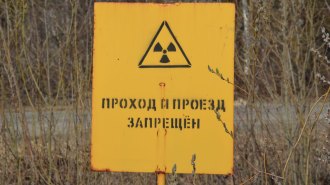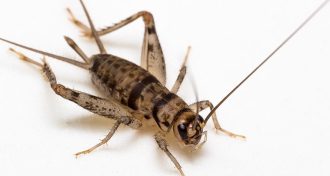Search Results

Radioactive Cloud Linked to Russia
This guide, based on the Science News article “Radioactive cloud traced to Russia,” asks students to evaluate evidence, explore global monitoring networks and use an interactive simulation to learn about elements, ions and isotopes.
Eyes across the globe
Students will learn about three global monitoring networks and the types of scientific data collected by each. Additional prompts encourage students to consider the purpose of these networks.
Atoms, ions and isotopes, oh why?
Students will use a PhET Interactive Simulation to understand the definitions, similarities and differences of elements, ions and isotopes. Then students will explore the Science News journalism archive to find current science research examples that apply these concepts.
A nuclear whodunit
These questions, based on the Science News article “Radioactive cloud traced to Russia,” ask students to identify a series of events and list and evaluate evidence.

News you can trust?
Students will develop their critical thinking skills by evaluating and rating the trustworthiness of an article and will practice presentation skills by sharing the information with the class.
How you find and share news in your life
After asking students where they get their news and how they share it, these discussion prompts explore characteristics of a story that can provide clues to its quality and credibility.
Evaluating measles news
Students will answer questions based on the Science News article "Measles erases immune memory."

Down on the (Cricket) Farm
This guide encourages students to assess their own views on insect eating, to explore the nutritional value of insects and to consider the challenges of insect farming.
Chirpy jerky
Students will test insects' nutrient compositions and compare that data with similar data from conventional snack foods.
Step into the shoes of an insect farmer
These discussion prompts ask students to design solutions to problems insect farmers might face and think through the implementation and potential consequences of those solutions.
Exploring insect farming
Students will answer questions based on the Science News article "Down on the (cricket) farm."